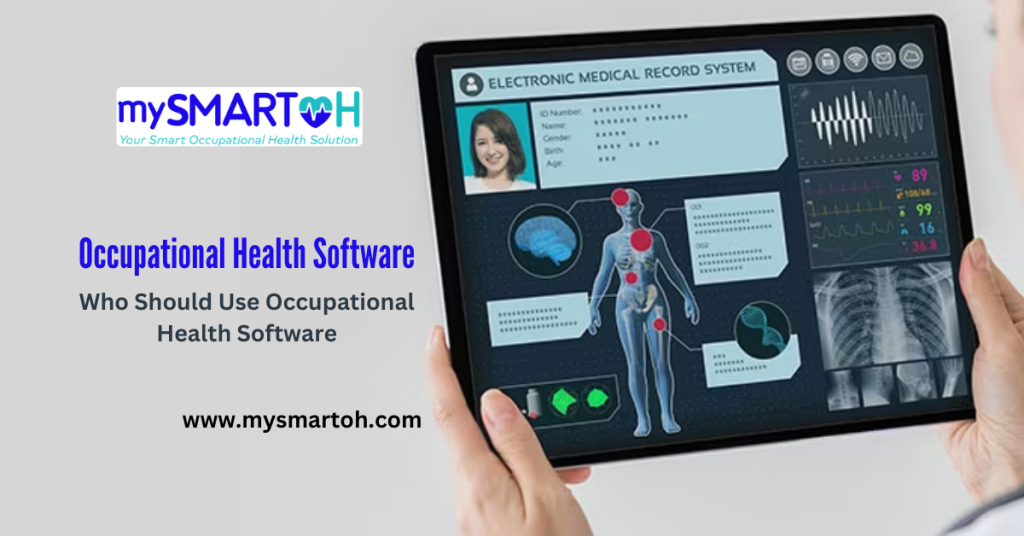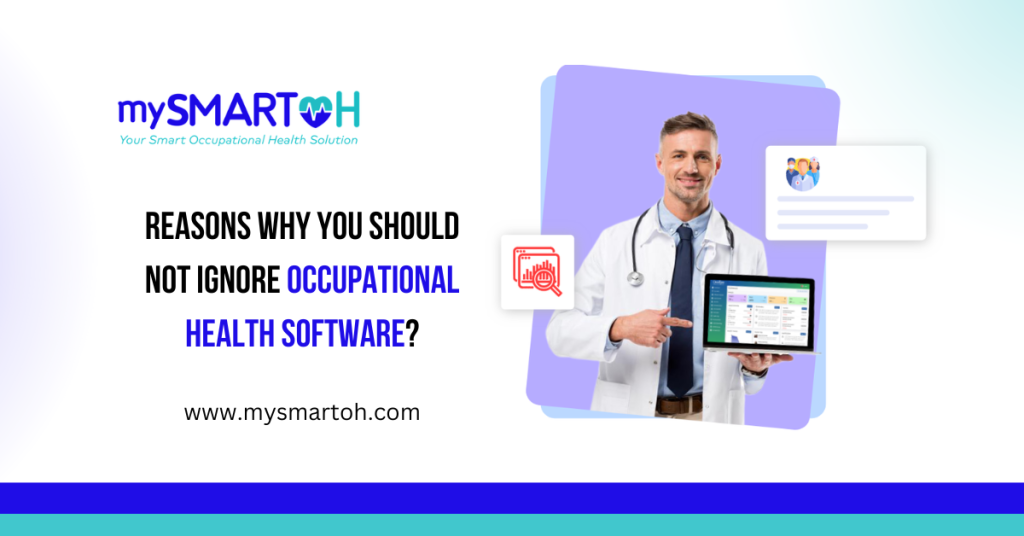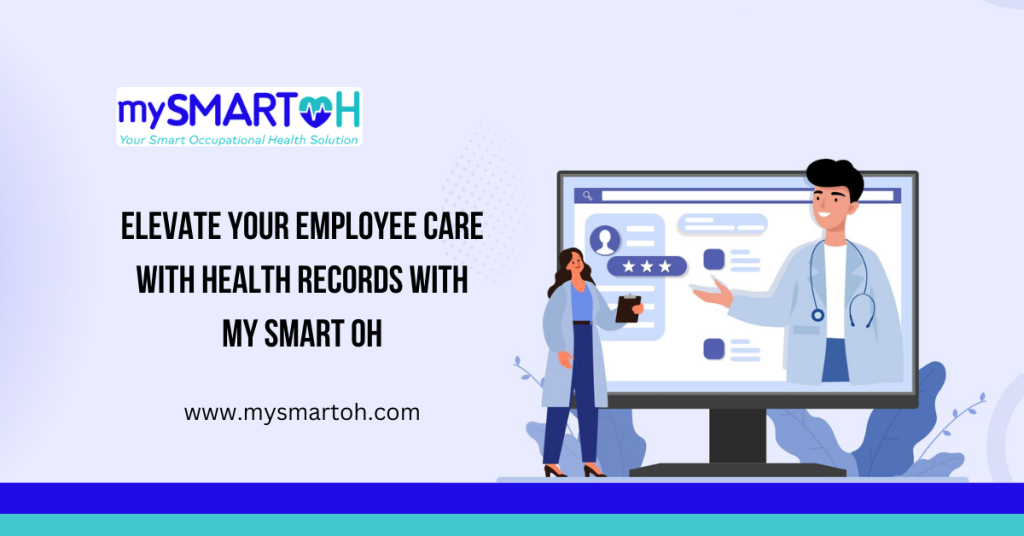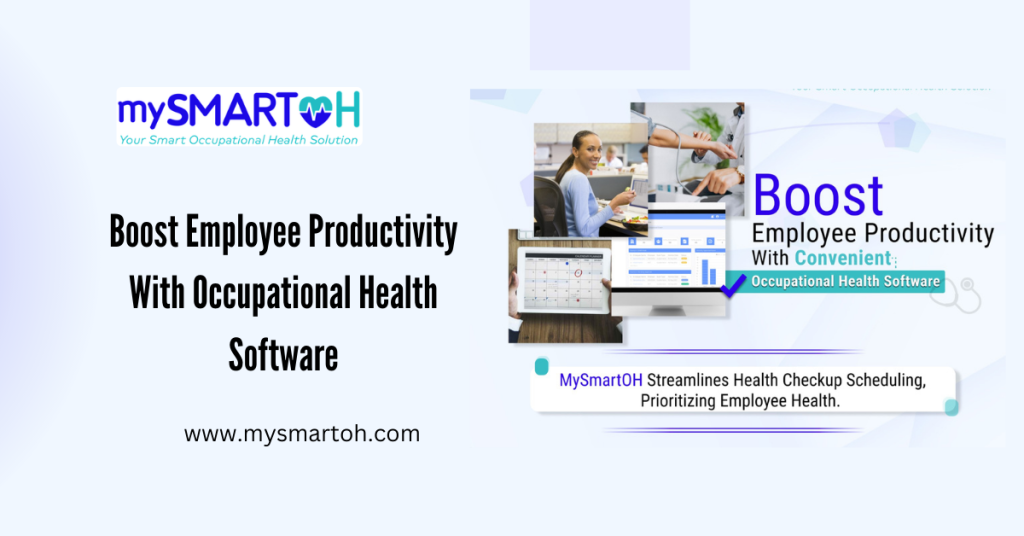In an era where technology is rapidly advancing, businesses across various industries are embracing innovative solutions to enhance workplace safety and employee well-being. Occupational health software has emerged as a powerful tool in this regard, providing organizations with the means to streamline health management processes, comply with regulations, and ultimately create safer work environments.
In this comprehensive guide, we will delve into the realm of occupational health software, exploring its functionalities, and benefits, and identifying the industries that stand to gain the most from its implementation.
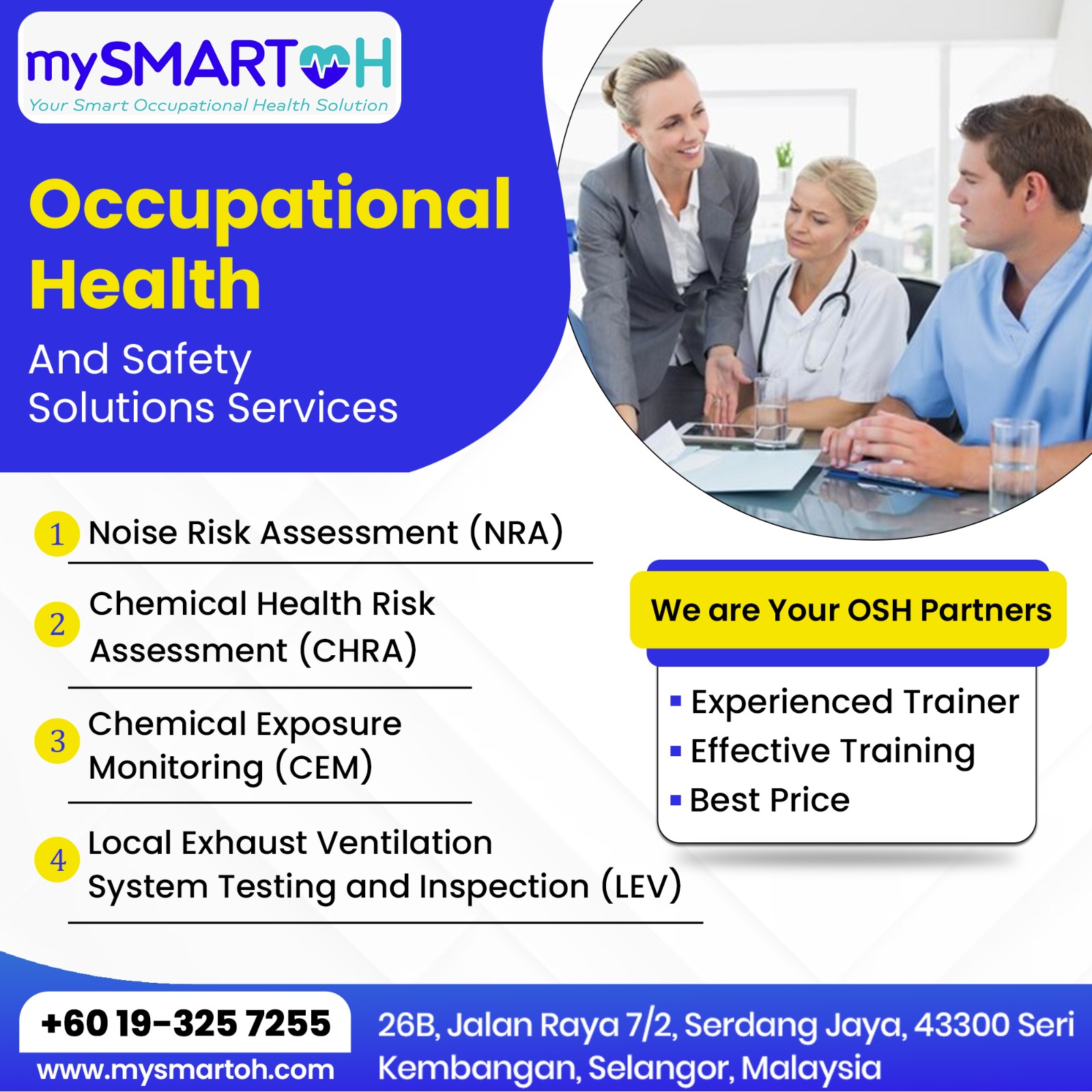
About Occupational Health Software:
Occupational health software is a specialized tool designed to centralize and automate the management of employee health and safety within an organization. Its primary goal is to ensure compliance with occupational health and safety regulations, minimize workplace injuries, and promote the overall well-being of employees.
Key Features and Functionalities:
1. Medical Records Management:
Occupational health software enables the digitalization and secure storage of employee medical records. This includes information on vaccinations, pre-employment health screenings, and any workplace-related health incidents. Having a centralized repository for this data facilitates quick access and ensures that health information is up-to-date.
2. Health Surveillance and Monitoring:
The software facilitates ongoing health surveillance by tracking and monitoring employees’ exposure to workplace hazards. This includes monitoring exposure to chemicals, noise levels, and other potential risks. Regular health check-ups and assessments can be scheduled through the software to identify and address any emerging health issues.
3. Incident Reporting and Management:
In the event of a workplace incident or injury, the software allows for immediate and standardized reporting. This aids in the quick response to emergencies, ensuring that necessary actions are taken promptly. Additionally, it helps in identifying patterns and trends to implement preventive measures.
4. Compliance Tracking:
Occupational health software assists organizations in staying compliant with various health and safety regulations. It automates the tracking of regulatory requirements, certifications, and deadlines, reducing the risk of non-compliance and potential legal issues.
5. Appointment Scheduling:
The software streamlines the process of scheduling health-related appointments such as medical examinations, vaccinations, and health assessments. This ensures that employees are up-to-date with their health checks, contributing to a healthier and safer workforce.
6. Data Analysis and Reporting:
Robust reporting tools within the software allow organizations to analyze health data trends. This data-driven approach enables informed decision-making, helping organizations identify areas for improvement in their occupational health and safety programs.
Who Should Use Occupational Health Software?
Occupational health software is a valuable asset for a wide range of industries, each facing unique challenges in maintaining a safe and healthy work environment. Here are the industries that can benefit significantly from the implementation of occupational health software:
- Manufacturing and Construction: Industries involved in manufacturing and construction are inherently exposed to various occupational hazards. Occupational health software can assist in monitoring exposure levels, conducting regular health assessments, and managing incident reports to ensure a safe working environment for employees.
- Healthcare: In the healthcare sector, where the well-being of both patients and staff is paramount, occupational health software can help manage employee health records, track vaccinations, and ensure compliance with healthcare regulations. It aids in preventing the spread of infections within healthcare facilities.
- Oil and Gas: The oil and gas industry operates in challenging environments, with potential exposure to hazardous substances and high-risk activities. Occupational health software plays a crucial role in tracking and managing employee health in these settings, facilitating quick responses to emergencies and minimizing risks.
- Transportation and Logistics: Employees in the transportation and logistics industry face risks associated with long hours, repetitive tasks, and extended periods of sitting or driving. Occupational health software can help manage the health of drivers, track fatigue levels, and ensure compliance with regulations to reduce the likelihood of accidents.
- Office and Corporate Environments: While office environments may seem less hazardous, occupational health software is equally beneficial in managing ergonomic concerns, and stress-related issues, and promoting overall employee well-being. It aids in preventing work-related injuries and mitigating health risks associated with sedentary work.
- Mining: In the mining industry, where exposure to dust, noise, and hazardous substances is common, occupational health software can play a pivotal role in monitoring and managing the health of miners. It facilitates regular health assessments, ensuring early detection of potential health issues.
Conclusion: Who Should Use Occupational Health Software
Occupational health software is a versatile and indispensable tool for organizations committed to creating safe, healthy, and compliant workplaces. Whether in high-risk industries like manufacturing and construction or office environments where the risks may be less apparent, the benefits of implementing such software are far-reaching. By automating health management processes, organizations not only ensure regulatory compliance but also foster a culture of employee well-being, ultimately contributing to a safer and more productive work environment.
As technology continues to advance, the adoption of occupational health software is poised to become a standard practice across diverse industries, reshaping the way organizations approach occupational health and safety.
Also Read:
